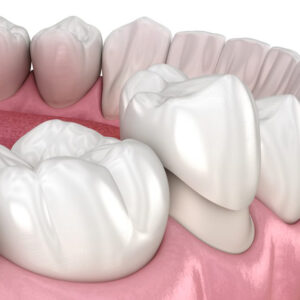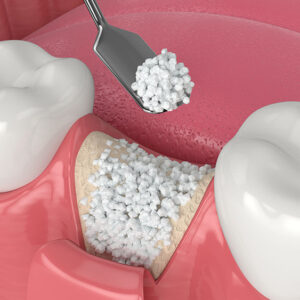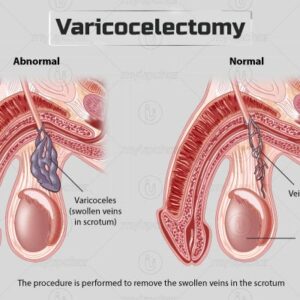Description
Familiarity with Treatment
Self-ligating braces are a type of orthodontic treatment that utilizes brackets with built-in clips to hold the archwire in place, eliminating the need for elastic or metal ties. This design allows for a more streamlined approach to achieving a straighter smile. Self-ligating braces are available in various materials, including metal, ceramic, and clear brackets.
Procedure
The procedure for self-ligating braces involves the following key aspects:
- Initial Evaluation: The orthodontist conducts an initial evaluation to assess the patient’s orthodontic needs and determine the suitability of self-ligating braces.
- Bracket Placement: Customized self-ligating brackets are affixed to the teeth, and the archwire is threaded through the brackets’ built-in clips to guide the teeth into their desired positions.
- Adjustments: Periodic adjustments are made to the braces, but they do not require tightening in the same way as traditional braces, as the spring-loaded doors of self-ligating brackets hold the wires in place.
Who is it Suitable for?
Self-ligating braces are suitable for individuals seeking orthodontic treatment who may benefit from the advantages offered by this system, such as easier cleaning, reduced discomfort, and potentially faster treatment in some cases. They are available in various materials, making them suitable for a wide range of orthodontic needs.
Who is it Not Suitable for?
While self-ligating braces offer numerous benefits, they may not be suitable for individuals with specific orthodontic conditions that require alternative treatment approaches. Additionally, careful consideration by an orthodontist is necessary to determine the most suitable treatment for each individual case.
Advantages
- Easier Cleaning: The absence of ligatures in self-ligating braces may make them easier to clean, as ligatures can trap food particles in and around traditional brackets 1.
- Less Discomfort: Some individuals may experience less discomfort with self-ligating braces compared to traditional braces 1.
- Potential for Faster Treatment: While the current research available does not universally support claims of faster treatment with self-ligating braces, it is possible that they may speed up some aspects of treatment for certain individuals 1.
Complications
- Bracket Failure: There is a potential risk of bracket failure with self-ligating braces, as repeated opening and closing of the brackets may lead to wear and tear, affecting their ability to stay closed effectively 1.
- Speech Adjustments: Initially, wearing self-ligating braces may affect speech, but most individuals adapt over time.
Preoperative Care
Before undergoing treatment with self-ligating braces, it is important for patients to undergo a comprehensive evaluation by an orthodontist to assess their orthodontic needs and determine the suitability of self-ligating braces for their individual case.
Postoperative Care
After the placement of self-ligating braces, patients need to maintain good oral hygiene, attend regular orthodontic appointments for adjustments, and follow any specific care instructions provided by the orthodontist. It is important to be mindful of dietary restrictions and practice proper oral care to ensure the best outcome.





Reviews
There are no reviews yet.